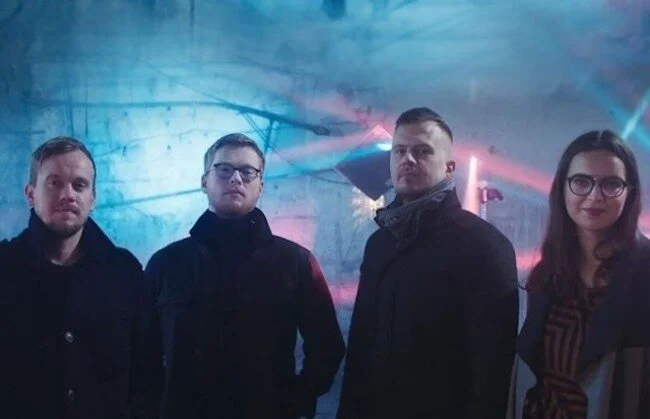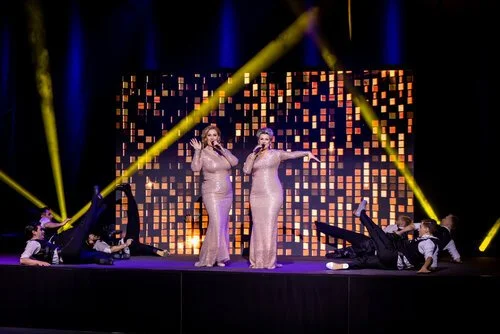The Best of the Best: Estonian Music Festivals to Check Out on Your Next Trip
If you’re interested in Estonian folk music, how it relates and figures in today’s world and how it ties to the country’s culture as a whole, there’s three great festivals to explore. Possibly the most well known is the Viljandi Folk Music Festival. The festival has taken place every year in what is deemed to be one of the most beautiful small towns in Estonia, Viljandi, since 1993. The festival’s main goal is to increase awareness of the roots of the country’s culture as a whole and keeping these roots alive through music and the arts. Not only does Viljandi Folk offer 4 days of non stop folk music from the world’s top musicians in the genre but it also presents the opportunity to take a course in “regilaul,” the unique call and repeat musical storytelling our culture has thrived on for centuries, courses in traditional folk instruments, and an accompanying arts and crafts exhibition as well as hands-on demonstrations.
We're Listening with EMW: Lauri Kadalipp Social Jazz
One musician who has subverted this arrangement is Tõnu Tubli. I distinctly recall hearing his solo drumming during Trad.Attack's sound check at Tartu College years ago. Sandra and Jalmar were rigorously preparing in their green room; scaling through torupill (bagpipe) lines, strumming chords on the twelve string guitar, between managing the band's social media channels.
Meanwhile, the drummer was floating on the opening groove of John Mayer's “Waiting on the World to Change.” The rhythm, originally played by Steve Jordan, is swung, with a backbeat that's delayed just enough to move the song forward with a “hands shifting in the air” sense of balance. Not only does Tubli have the time of his life behind the drums, he is noticeably enamoured by the unknown in music.
We're Listening with EMW: Duo Ruut's Face-to-Face Musical Synthesis
Do you remember when the five members of Canadian band Walk off the Earth performed Gotye's “Somebody That I Used to Know” on one single guitar back in 2012? That was a clever way to reinvent that song, certainly. However, close instrumental collaboration like that exists on a more regular basis in this duo's performances.
Katariina Kivi and Ann-Lisett Rebane, the musicians of Duo Ruut, adhere their instrumentation and singing as close together as is possible. In live performances, they sit directly across from each other, with a large kannel (zither) in between. In this stage arrangement, they communicate closely with eye contact. You can sense the music resonating between them as they sing in unison, which results in soaring peaks in their songs.
The “Cream of the Crop” of Estonian Music
A little historical background on these prestigious awards: in 1998, the Estonian Record Producers Association decided that the current state of the music scene at the time wasn’t being honoured sufficiently and created the Estonian Music Awards as a way to do just that. Genre categories as well as distinctions such as the Best Pop Artist and Best Debut Album of the Year were created to reflect different facets of the Estonian music charts and landscape in general. Just like the Grammys and more localized Junos have their own award designs, the Estonian Music Awards have always awarded the winners in each category with a Golden Record as a symbol of their thanks to the contribution of the music scene within that year.
Mihkel Raud: Self-Deprecation for a Better Understanding of Relationships and North America
If we had to fit everything about Mihkel Raud on a short press release, we would mention his rock and roll career in Singer Vinger and Mr. Lawrence, the personal and sometimes coarse books he's written about his life and perspectives, and the visibility he has as a television personality in Estonia.
But as he told me himself, the Mihkel Raud that people in Estonia know from books, music, and television is not necessarily the same Mihkel Raud that you will get to know in a one-on-one conversation.
Three years after his Canadian lecture, he had settled in the city of Chicago. Getting to the “Windy City” was not direct, though.






